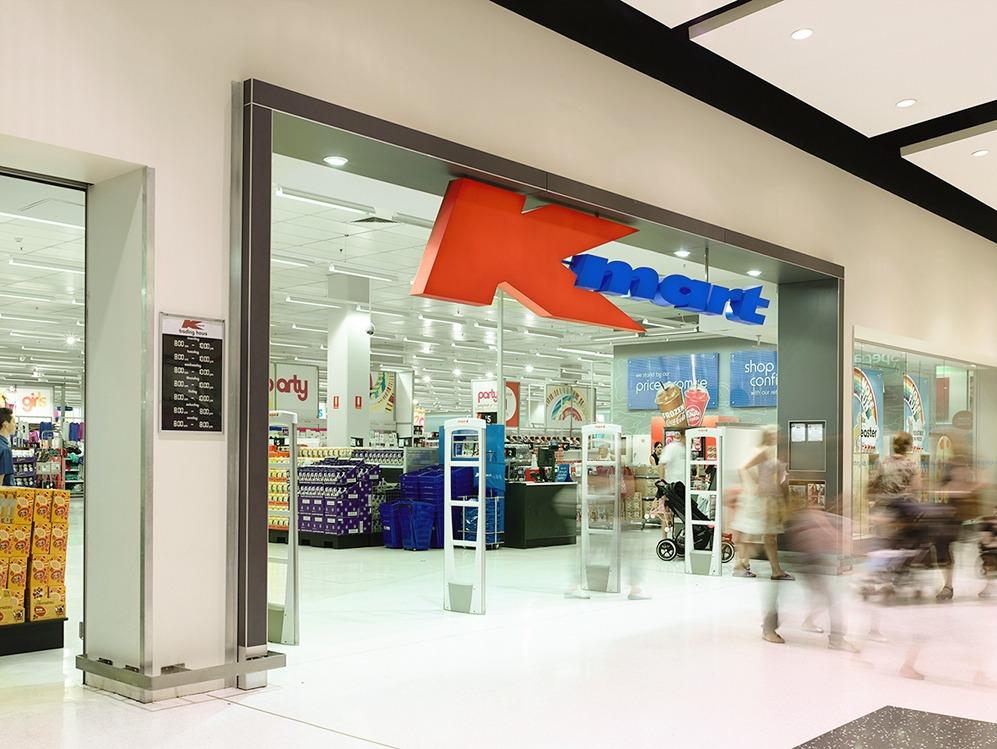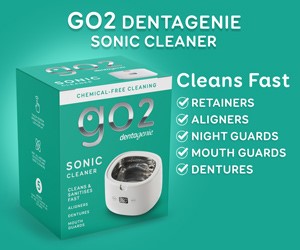Kmart dropped the prices of another 200 products in February, reaffirming its commitment to offer the lowest prices for everyday items.
By Hailey Settineri.
The top five products purchased from Kmart in 2014 were women’s boy-leg briefs, bubble wands, three-packs of women’s socks, 12-packs of coat hangers and the drinking jar with a straw. All of these items cost less than $3 and sold more than one million units each.
Kmart is claimed to be the most profitable department store in Australia, reporting sales growth of 5.3 per cent in the half-year to December 31, 2014.
Kmart Managing Director Guy Russo says the key factor behind the retailer’s success is its push towards lower prices.
“The extra 30-odd million people that we’ve served over the past five to six years is testament to the fact that this strategy works,” he told Retail World.
“That low-price piece basically connects to not only satisfying customers, but also satisfying shareholders, because having the lowest price gives you more consumers, and more consumers gives us more revenue, which trickles down to the bottom line and allows us to be very profitable, which ticks the box for shareholders as well.”
Turnaround
Today’s Kmart is very different that of 2009. It now serves 144 million customers a year – 32 million more than five years ago. In 2009, Kmart sold 437 million products. The total jumped to 673 million products in 2014.
Kmart Chief Operations Officer Ian Bailey said a new business model that enabled low prices was behind this turnaround.
“The key thing we did was to get really tight on the number of SKUs we carry,” he said. “We did a significant cutback, reducing SKUs by over half from where we were five or six years ago.
“The next thing we did was we went on a journey to introduce our own-brand product instead of selling other brands. We developed a very strong sourcing organisation on the back of that, so we could go direct to factories and leverage the volume that we have, to get as good a price as possible.”
As Kmart dropped prices, the volume went up, allowing it to negotiate prices further.
“We got into a nice, virtuous cycle where we continued to find ways to reduce cost out of our supply chain,” Mr Bailey said.
“We also looked at how we could improve our product. So not only do customers get something that’s very low price, they also get great quality and improved design.”
Through that journey, Kmart introduced an in-house design team, which now comprises around 40 members based in Melbourne. This team has enabled Kmart to focus on private label, which now accounts for about 65 per cent of its business.
Daylight pricing
Mr Bailey says Kmart continues to improve its business and find efficiencies, “and whenever we do that, we like to pass as much of that on to the customer as possible”.
In some instances, Kmart has reduced the prices on items ahead of any cost improvement, to stimulate demand.
“What we see is that relatively modest price drops – $6 to $5 and $7 going to $6 – creates a real increase in demand,” Mr Bailey said. “We’re constantly trying to find that right formula, which sells the most product, to generate a good return for our shareholders and a great price for customers.”
Mr Russo says Kmart aims to have ‘daylight pricing’ between the retailer and its nearest competitor.
“Back in 2009, when we told our teams that we had to lower prices, they considered 5¢ or 10¢ lower than the next guy was enough,” he said.
However, according to Mr Russo, the new Kmart pricing policy is based on the belief that everyone, regardless of socioeconomic factors, is looking for a bargain.
“There isn’t anyone that buys things at retail that isn’t after saving money when they shop,” he said.
“Selling products for everyday needs means Kmart just about caters to everyone in Australia. Think of socks. Everybody, whether you’re the CEO or the brand new team member that just joined Kmart, everyone needs them. So the lower the price we can get those socks at, with great quality … then we’re hoping that everybody comes to Kmart for all those basic essentials.”
New-format stores
Another factor behind Kmart’s success is the improved appearance of many of its stores. To date, 38 have been refitted with Kmart’s innovative new design and layout – an investment of $130 million to improve the shopping experience for customers.
This year, 33 more stores will be refurbished to achieve the new look and all Kmart stores will have received a refit by 2020.
Mr Bailey says consumer response to the new format, which began rolling out in 2012, has been fantastic.
“Two pieces of feedback we consistently receive from customers when we refurbish a store is that our prices are lower and we’re selling different product,” he said. “Neither of those two things is true – it’s the same price we have in all our other stores and it’s the same product – but it means that they can see it much more clearly and it’s presented in a more appealing, attractive and shoppable way for our customers.”
Mr Russo says the refurbished stores have all received a “margin kick” following the changes.
“We’ve had good success, but we’re probably still doing the easy part,” he said.” The tail of the fleet, where we start doing the last 50 – that might be a little bit more of a challenge,
but that’s a good three or four years away. The team are working on that now to make sure that when we do renew the tail, that they also hit those very important hurdles of satisfying shoppers.”
Since 2009, Kmart has opened 26 new stores, investing more than $78 million. Kmart will open 11 new stores this financial year and plans to open around 10 new stores each financial year for the next three years.
“We put on a fantastic team in about 2009 to go and identify every opportunity, meaning locations in Australia where the big five boxes were not present or were not properly servicing their community,” Mr Russo said. “They identified about 100 locations back in 2009. Since then, we’ve secured about 50 approved sites with our Kmart board and we have the confidence to announce, both internally and externally, that we’ll open at least eight to 10 sites a year for the next three to five years.”
The new stores will be in new and existing shopping centres, as well as stand-alone locations paired with Coles.
“Convenience is so important in retail,” Mr Russo said, “and so the aspect of delivering new stores, and also, really importantly, refreshing our existing stores to bring them up to standard to look as good as the new stores, is also another particularly strong part of our strategy.”
Looking to the future
Mr Russo says the Kmart philosophy is to continue to do what’s right long-term for both customers and shareholders.
“Internally, we’re focusing on being the world’s best retailer here in Australia,” he said.
“We’re now the most profitable department store in Australia, but we have a lot to do yet. Internally, the war cry here is ‘We’re halfway there’. There’s a lot more to do with pricing and we’ll continue to make the products more irresistible to consumers, so, when they do need things for the home or for themselves, Kmart’s their first choice.”
Mr Bailey agrees that Kmart is very focused on continuing to improve its offer.
“We know that repeating next year what we’ve done this year would not be enough for our customers and, ultimately, wouldn’t help our shareholders,” he said. “There’s a very strong culture within our business of focusing on opportunities and improvement. We’re pretty excited about the years that are coming up and think there’s a lot we can still do.”




